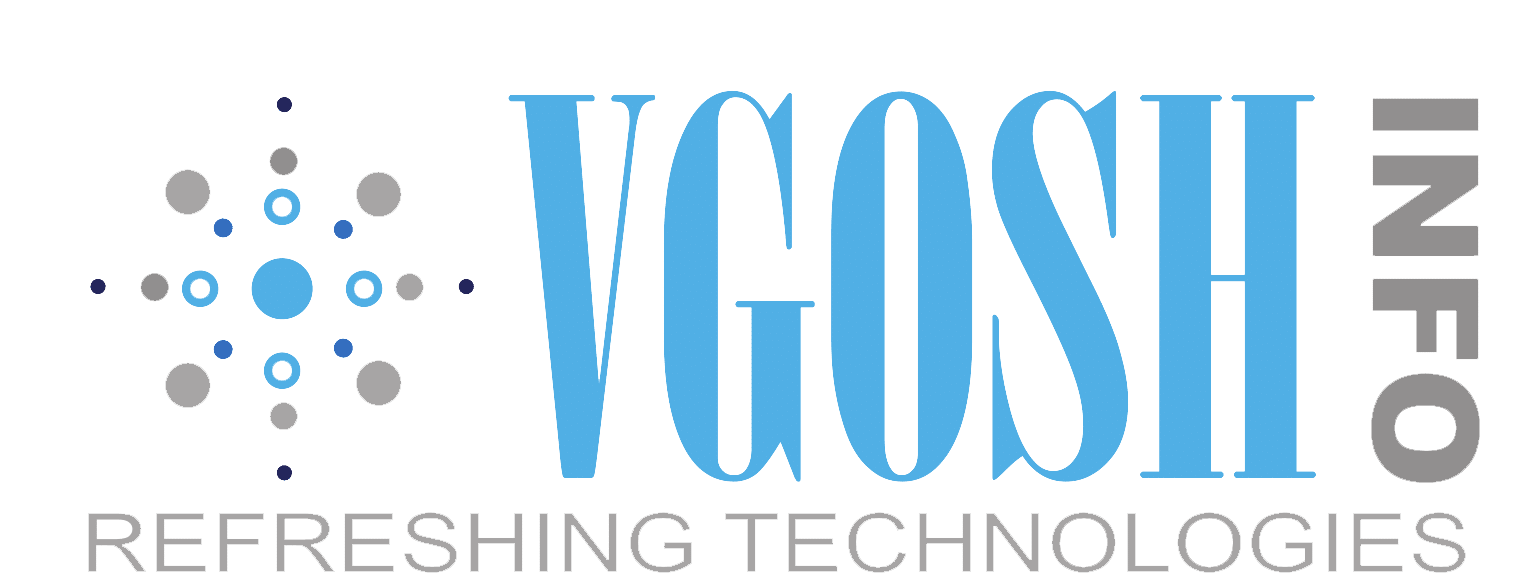PaaS Best Practices: Accelerating Development Without Compromising Quality
In today’s fast-paced world, businesses need to release applications quickly and efficiently, without sacrificing quality. Platform as a Service (PaaS) offers the perfect solution, providing a pre-configured cloud environment for rapid development and deployment. But simply using PaaS isn’t enough. To truly unlock its potential, developers need to embrace certain best practices.
1. Embrace Continuous Integration and Continuous Delivery (CI/CD):
CI/CD automates the software development lifecycle, integrating code changes and delivering them to production faster. This not only speeds up development but also improves code quality by catching bugs early and frequently. PaaS platforms often offer built-in CI/CD tools or seamless integration with popular third-party solutions.
2. Automate Testing:
Testing is crucial for ensuring application quality, and PaaS environments make it even easier to automate. Implement automated unit, integration, and end-to-end tests that run automatically with every code change. This catches bugs early and often, saving time and resources compared to manual testing.
3. Leverage Infrastructure as Code (IaC):
IaC tools like Terraform and Ansible bring infrastructure management into the code, allowing you to define and provision entire PaaS environments in a repeatable and predictable way. This eliminates manual configuration errors, simplifies scaling, and enables consistent deployments across various environments.
4. Choose the Right Deployment Strategy:
PaaS offers various deployment options, from blue-green deployments and rolling updates to canary deployments. Choose the strategy that best suits your needs and risk tolerance. Blue-green deployments are ideal for minimizing downtime, while rolling updates offer a gradual rollout with faster rollback capabilities.
5. Monitor and Optimize:
Once your application is deployed, don’t just forget it. PaaS platforms provide comprehensive monitoring tools that track performance, resource utilization, and user behavior. Analyze these metrics to identify performance bottlenecks, resource inefficiencies, and potential issues before they impact users.
6. Stay Secure:
Security is paramount in today’s digital landscape. PaaS providers offer built-in security features, but developers also need to prioritize secure coding practices, user authentication and authorization, and regular vulnerability scanning.
7. Collaborate and Communicate:
Effective communication and collaboration are essential for successful PaaS development. Use tools like ticketing systems and documentation platforms to ensure everyone is on the same page and can easily share knowledge and feedback.
8. Continuous Learning:
The PaaS landscape is constantly evolving. Stay up-to-date with the latest features, best practices, and trends to ensure you’re getting the most out of your platform.
By following these best practices, developers can unlock the full potential of PaaS, accelerating development while maintaining high-quality applications. Remember, PaaS is just a tool, but adopting the right practices will ensure it empowers your team to build and deliver remarkable software at warp speed.
Bonus Tip: Leverage the PaaS provider’s resources and expertise. Most PaaS vendors offer extensive documentation, tutorials, and training materials to help developers master their platform and best practices.
PaaS presents a game-changing opportunity for developers to streamline their workflows, reduce time to market, and build high-quality applications. By embracing these best practices, you can turn PaaS into a powerful engine for innovation and success. Embrace the cloud, optimize your PaaS development, and watch your applications soar!
